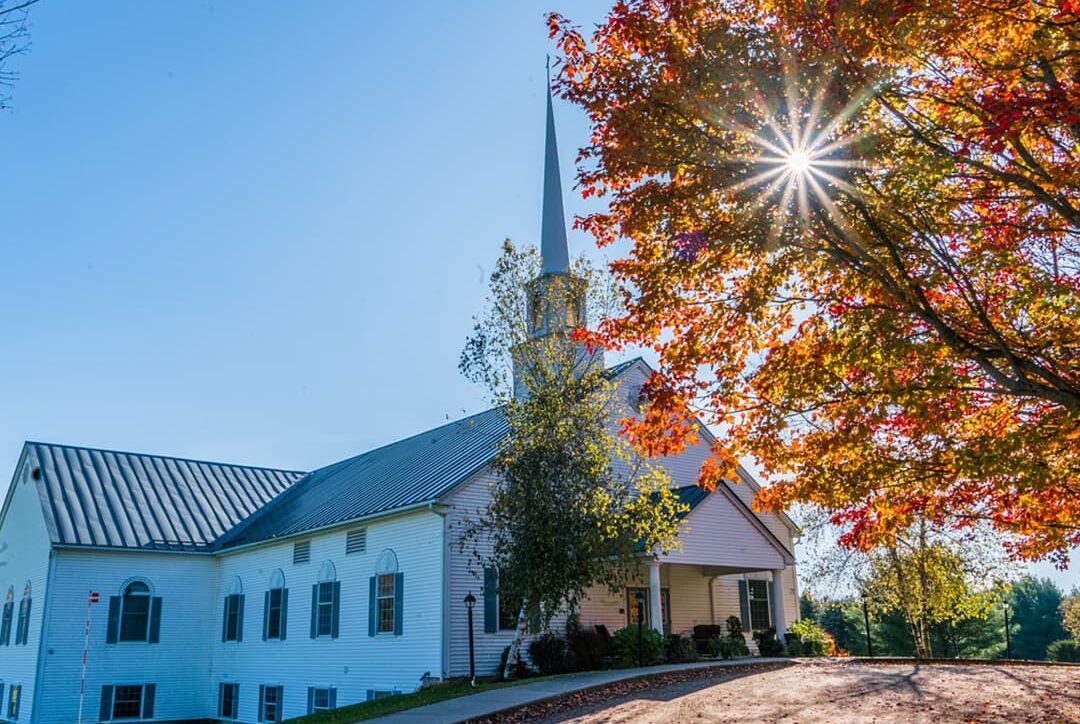In 1920, Frost settled in Shaftsbury, Vermont, just north of Bennington on Historic Route 7A. He expressed his intention to create a new

Not an official fan site of poet Robert Frost
Not an official fan site of poet Robert Frost

In 1920, Frost settled in Shaftsbury, Vermont, just north of Bennington on Historic Route 7A. He expressed his intention to create a new

Robert Frost is often regarded as a master of meter in poetry. He famously declared, “I would sooner write free verse as play tennis with the net down

The concept of tone in poetry is multifaceted and often challenging to define precisely. Various definitions highlight the poet’s attitude

Frost emerged as a poet at the turn of the 20th century, alongside contemporaries like Ezra Pound and T. S. Eliot

Robert Frost began writing poetry at the age of 15 and continued until his death at 88. Both of his parents were well-educated, and his mother read to him from the Bible

Robert Frost’s Stone House is situated in South Shaftsbury, Vermont, along the historic Route 7A, not far from his final resting place in Bennington.

Robert Frost’s style is a complex and elusive element of his poetry. Although it’s challenging to define precisely

Robert Frost’s use of nature is often misunderstood. Despite the frequent presence of natural imagery in his poetry, Frost himself asserted

Sound devices, often referred to as “musical devices,” elevate poetry to a unique art form. Robert Frost called his poems “talk-song” to emphasize their musical qualities.

Figurative language involves using “figures of speech,” which express ideas in ways that are not meant to be taken literally.